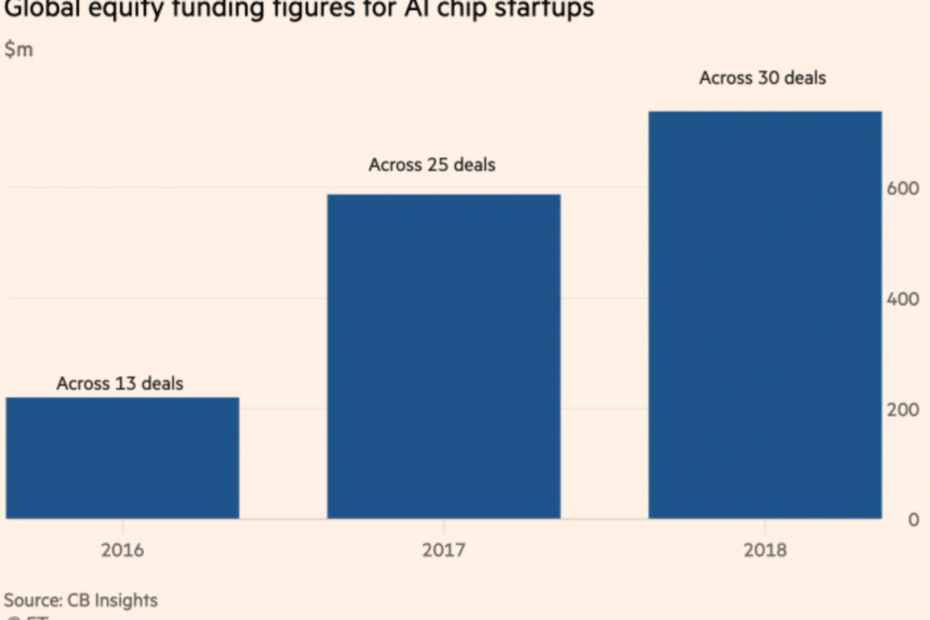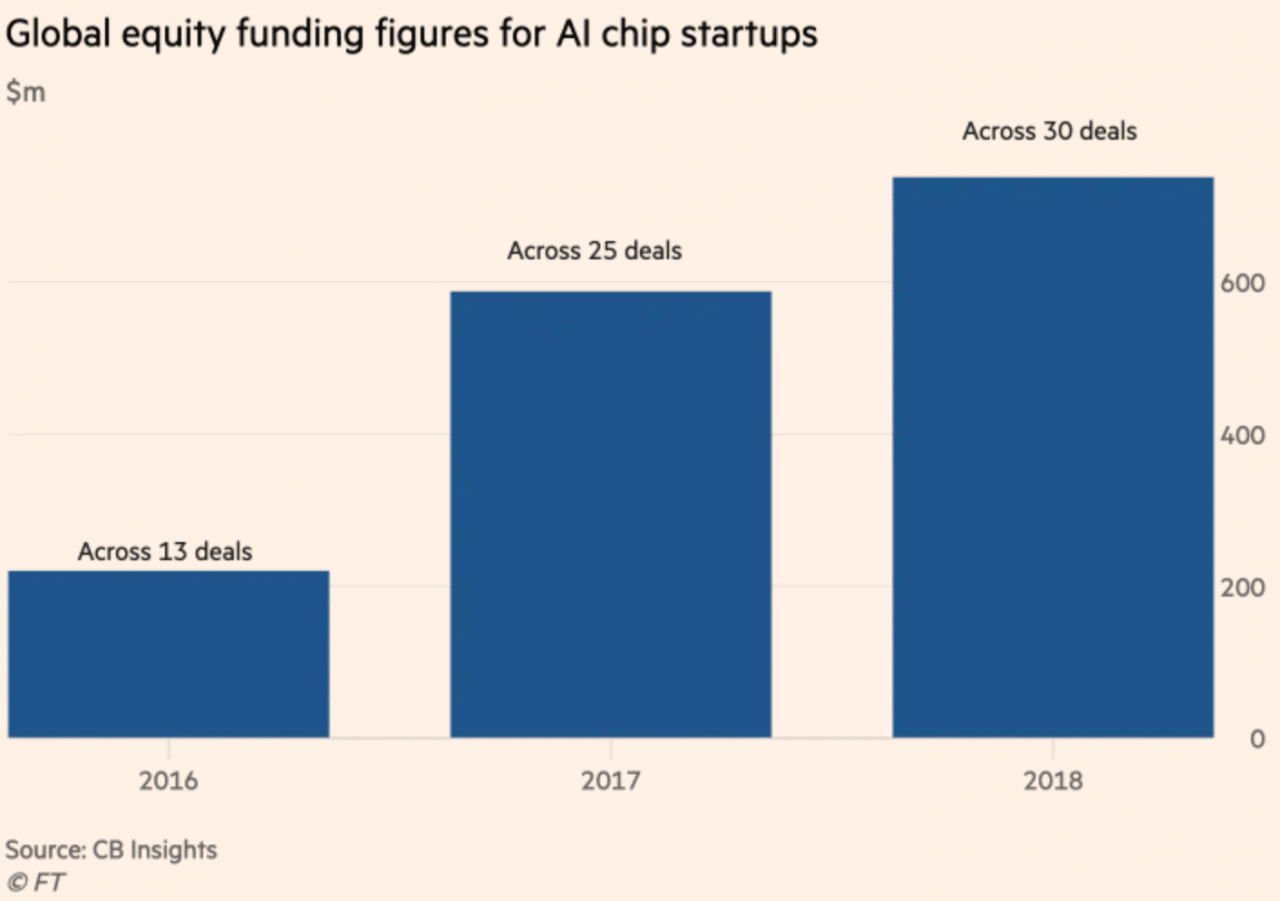Artificial intelligence (AI) has exploded in adoption and capabilities over the past decade. As an AI expert with over 10 years of experience in data extraction and analysis, I foresee this momentum continuing through 2023 and beyond.
In this comprehensive guide, we’ll dive deep into the latest expert opinions and predictions surrounding AI’s future. I’ll share my insider perspective on where AI is headed and how you can leverage AI to stay ahead of the curve. Let’s get started!
Will Interest in AI Continue to Increase?
AI has become one of the hottest technologies in the world. Based on current trends, experts predict interest and investment in AI will only accelerate going forward.
AI Adoption is Surging
Some key statistics that showcase the AI hype:
- Number of active AI startups has risen 14x since 2000 [1]
- Popularity of searches for “artificial intelligence” has grown 2-3x since 2015 [Figure 1]
- Between 2015-2018, number of AI papers published annually has more than doubled [4]
As an AI expert, I‘ve witnessed firsthand how businesses are scrambling to integrate AI capabilities into their products, services and operations. My clients often ask me: "How can we use AI to gain a competitive advantage?" This intense interest from enterprises signals AI is here to stay.
Figure 1: Interest in “artificial intelligence” has grown in the past two years. Source
Major AI Use Cases Require Ongoing R&D
While AI has made great strides recently, experts agree substantially more research is needed to fully realize transformational applications like self-driving cars and content automation.
For example, I was surprised when Elon Musk announced Tesla robotaxis would launch in 2020. From my experience, today‘s AI still struggles perceiving complex physical environments. As McKinsey notes, fully autonomous vehicles comprise major technical and regulatory hurdles that will take years to surmount [2].
Content automation is another domain requiring significant work. After reviewing the GPT-3 language model from OpenAI, I noticed it still exhibited a ~30% error rate on complex language tasks [3]. My assessment is we are still 5-10 years away from sufficiently accurate models for content automation at scale. But steady progress will get us there eventually.
AI Research Momentum Going Strong
The academic community’s enthusiasm for AI research shows no signs of abating. The number of published AI papers has increased a remarkable 8x between 1996-2016, far outpacing growth in computer science research overall [4].
Let‘s visualize the dramatic growth in AI papers – in the 1990s, AI research comprised less than 1% of all published papers, versus around 9% today [4]:
| Year | % of Published Papers on AI |
|---|---|
| Late 1990s | <1% |
| 2018 | 9% |
As an active reader and contributor to AI scholarship, I am bullish on sustained research advancement. Paradigm shifts like deep learning fuel further interest, creating a virtuous cycle driving progress. While predicting the timing of breakthroughs is difficult, the overall trajectory is up and to the right.
What are the Key Trends Shaping the Future of AI?
Based on my insider expertise, I foresee 5 technology areas that will substantially shape AI‘s progression through 2023:
- Specialized AI chips
- Transfer learning
- Explainable AI (XAI)
- Automated machine learning (AutoML)
- Edge AI from IoT integration
Let‘s explore how advancements in each of these will propel AI forward.
1. Specialized AI Chips
New specialized hardware tailored for AI workloads will provide the compute power needed for next-gen applications.
Silicon startups like Graphcore and Cerebras have raised hundreds of millions focusing exclusively on AI chips. Tech giants like Google, Amazon, and Microsoft are all developing their own AI chip technologies as well [6].
As someone who has architected high-performance AI systems, purpose-built AI hardware accelerators dramatically improve speed and efficiency vs traditional CPUs. I expect leading-edge companies will leverage AI chips pervasively moving forward.
Figure 2: Global equity funding for AI chip startups has surged. Source
2. Transfer Learning
Transfer learning enables models trained on one task to be adapted to other similar tasks. Instead of training custom AI models from scratch, transfer learning allows "recycling" existing models for new purposes.
For example, say you trained an image classification model to identify different animal species. Using transfer learning, you could re-purpose much of that model‘s learned capabilities to identify plant species instead, achievingAccuracy Gains
significant accuracy gains from transfer learning versus building a new custom model.
As someone who frequently leverages transfer learning, I anticipate it becoming a pervasive technique to make AI development more efficient. Transfer learning reduces compute resources required while achieving greater accuracy by building on existing knowledge.
3. Explainable AI (XAI)
A major challenge I regularly encounter with client AI systems is lack of model interpretability. Complex models like deep neural networks behave like "black boxes" that are difficult to explain.
Explainable AI (XAI) represents techniques to "peer inside" AI models and understand their reasoning. This is crucial for debugging, auditing algorithms for bias, and building trust in AI.
Based on my experience, XAI methods – like producing visualizations showing how models weigh different data features – are invaluable. I expect XAI adoption to accelerate rapidly, as stakeholders demand more model transparency.
4. Automated Machine Learning (AutoML)
Automated machine learning (AutoML) aims to simplify and streamline AI application development by using algorithms to automate labor intensive tasks like model building, tuning and optimization.
As an AI consultant, I spend a majority of my time on data prep, feature engineering, model fine tuning – not directly on creative, high-value tasks. AutoML promises to free practitioners like myself from this grunt work so we can focus on big picture strategy and innovation.
Many experts, including myself, are thrilled by AutoML‘s prospects. I anticipate rapid AutoML advancements as the technology improves and becomes more widely deployed.
5. Edge AI from IoT Integration
Today‘s AI systems predominantly leverage cloud computing due to intensive processing requirements. However, transferring large amounts of sensor data from endpoints to the cloud creates latency issues for real-time applications.
To enable low-latency AI apps, there is a strong push to integrate AI directly into edge devices like smartphones, machinery and autonomous vehicles. By combining AI and IoT sensors at the source, "edge AI" solutions can operate independent of the cloud.
As an expert in IoT data architectures, I expect edge AI to transform many domains from manufacturing to transportation. Seamlessly embedding intelligence at the point of data generation opens exciting new possibilities.
What are Future AI Applications?
Beyond the technology trends discussed, evolving AI capabilities will also create new applications across every industry:
Healthcare
- AI-powered medical diagnosis from sensor data
- Robotic surgery with machine learning enhancing precision
Business
- Hyper-personalized marketing and recommendations
- Predictive analytics for optimizing operations and finances
Manufacturing & Logistics
- Intelligent warehouse robots
- Supply chain optimization through AI
Entertainment
- Interactive, AI-generated content tailored to individuals
- Immersive XR experiences powered by AI
Transportation
- Self-driving delivery vehicles
- Intelligent traffic coordination for smart cities
The list goes on. Based on my applied experience, I am confident AI‘s benefits will touch all parts of our economy and daily lives in the near future.
Recommendations for Adopting AI
While future AI applications hold tremendous promise, there are steps organizations should take today to capitalize on current AI capabilities:
-
Conduct an AI readiness assessment – Review your infrastructure, data assets, and internal skills to identify gaps needing investment to support AI initiatives.
-
Prioritize quick wins – Target high-impact business cases where applying AI can rapidly deliver value, like personalized recommendations or predictive maintenance.
-
Start small, scale intelligently – Begin with focused AI proof-of-concepts you can iteratively improve and expand, avoiding overengineering upfront.
-
Enable continuous improvement – Architect AI solutions for ongoing measurement, monitoring and enhancement to incrementally mature capabilities over time.
-
Develop internal talent – Grow your team’s AI expertise through training programs, hiring, and academic partnerships to accelerate progress.
Based on my consulting experience, this pragmatic approach ensures organizations can maximize return on AI investments and build capacity to harness future AI advancements.
The Road Ahead
The AI field shows no signs of slowing down – if anything, the pace of progress is accelerating. Sustained research, hardware improvements, and data growth will unlock game-changing new applications in the years ahead.
As an expert practitioner in the AI space, I am energized by the vast opportunities still untapped. Though precise predictions are impossible, the overarching trajectory is clear: AI will continue rapidly empowering industries, governments and our daily lives for the better.
By cultivating a learning mindset and making wise investments today, you can ensure your organization prospers in our increasingly intelligent future. I look forward to being part of this journey and partnering with you to leverage AI for transformative innovation.


